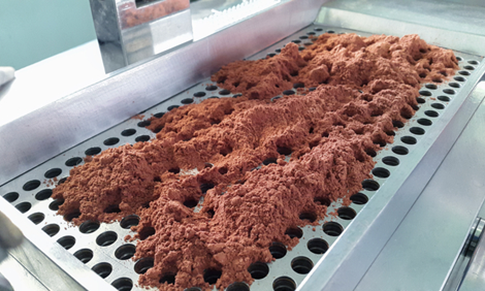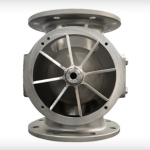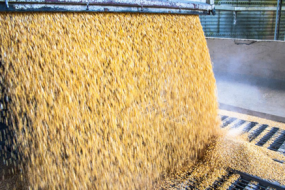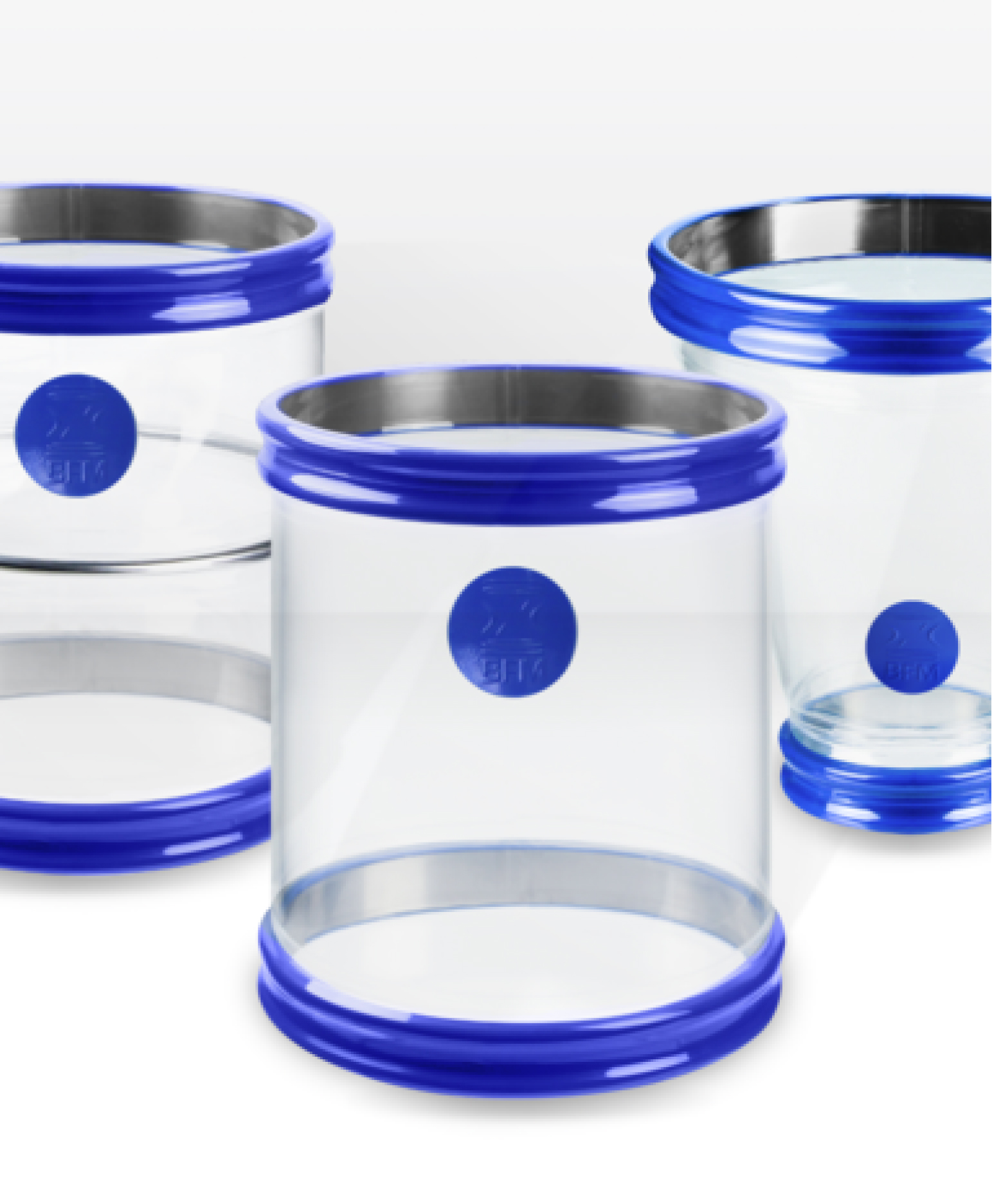4 System Must-Haves for Protecting Against Dust Explosions
Dust explosions are an ever-present risk for all bulk powder processors and handlers, threatening the safety of your workers and your bottom line. So how can a plant protect against dust explosions?
There are safety measures, such as controlling ignition sources or performing regular and thorough cleaning, that powder processing plants can take to limit the potential of a dust explosion as well as collect and eliminate dangerous combustible dusts.
However, the equipment you use plays a critical role in the safety of your plant as well. And in our 45 years of experience, there are four must-have pieces of equipment for preventing dust explosions that you need to consider.
1. A Top-Notch Dust Collection System
One of the most common places for a dust explosion to occur is within the dust collection system, making a high-quality dust collection system the top priority for your powder processing or handling plant. The right dust collection system minimizes plant explosion hazards through the safe capturing, conveying, collecting, and discharging of combustible dust.
If you’re concerned about the quality of your dust collection system, make sure to assess the design of your system. The system should have a well-designed hood specific to the source of the dust as well as properly sized and routed duct work that does not allow the dust to settle. The collection system should also be compliant with the Occupational Safety and Health Administration (OSHA) and National Fire Protection Agency (NFPA) combustible dust regulations.
2. Flexible, Yet Durable, Connectors
Most connectors in today’s powder processing and handling plants are not designed to withstand dust explosions. The connectors are likely to break in the event of an overpressure incident, causing damage to the equipment and employees around them. Standard connectors also do little to prevent secondary dust explosions from occurring within your plant.
To prevent dust leakage and help prevent explosions, we suggest installing the BFM® Fitting connector system. BFM® Fittings make several industries safer due to their flexibility and durability. BFM® Fittings are resistant to overpressure situations and seal even tighter during instances of high-pressure, reducing the chance that the connector will burst. And because the explosion is likely to be contained within the BFM® Fitting, the explosion is unlikely to cause a secondary and more deadly dust explosion.
3. Consider a Mechanical Conveying System
How can you safely convey combustible bulk solids? If you have the choice between a pneumatic or mechanical conveying system, the latter option is sometimes the safest method for conveying combustible dust. Pneumatic systems use air as the primary component for transferring materials, supplying three of the five required elements for a dust explosion: oxygen, dispersion of combustible dust, and confinement of the dust cloud.
However, if you already have a pneumatic conveying system, there are still measures you can take to ensure the safety of your plant. Because pneumatic conveyors use air, make sure you have a properly designed cyclone or bag filter in place to adequately separate the powder from the transporting air. In addition, the pneumatic conveyor should have sensors to shut down the conveyor in over- or under-pressure situations, preventing dust leaks and overfilling.
4. Dust Explosion Relief and Vents
A key ingredient for causing dust explosions is confinement of the dust cloud, allowing pressure to build up. This means areas of confinement like storage silos and bins are especially at risk. Fortunately, explosion relief and venting systems provide overpressure protection for storage containers by giving explosions a planned path for escape.
To safeguard silos and bins at your plant, ensure each storage container is equipped with explosion relief and venting. Before approving your silos and bins for use, double check that all vents are unrestricted as this helps the explosion escape freely with (hopefully) zero damage to your facility.
Looking to Install These Systems At Your Plant?
Powder Process-Solutions has nearly five decades of experience designing high-quality dust collection and suppression systems, BFM® Fittings, conveying systems, and more to prevent dust explosions. We engineer custom solutions based on the unique needs and dynamics of each powder processing plant we serve, including the food, dairy, and nutritional industries.









